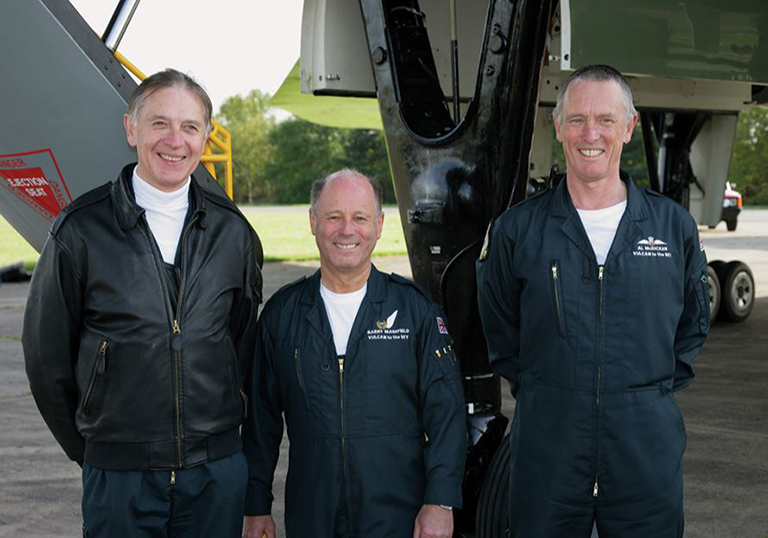
Ramblings from the AEO’s Panel – Part 2
Barry Masefield was the Air Electronics Officer (AEO) for Vulcan XH558 and had flown in this iconic aircraft for over 30 years, also being a key
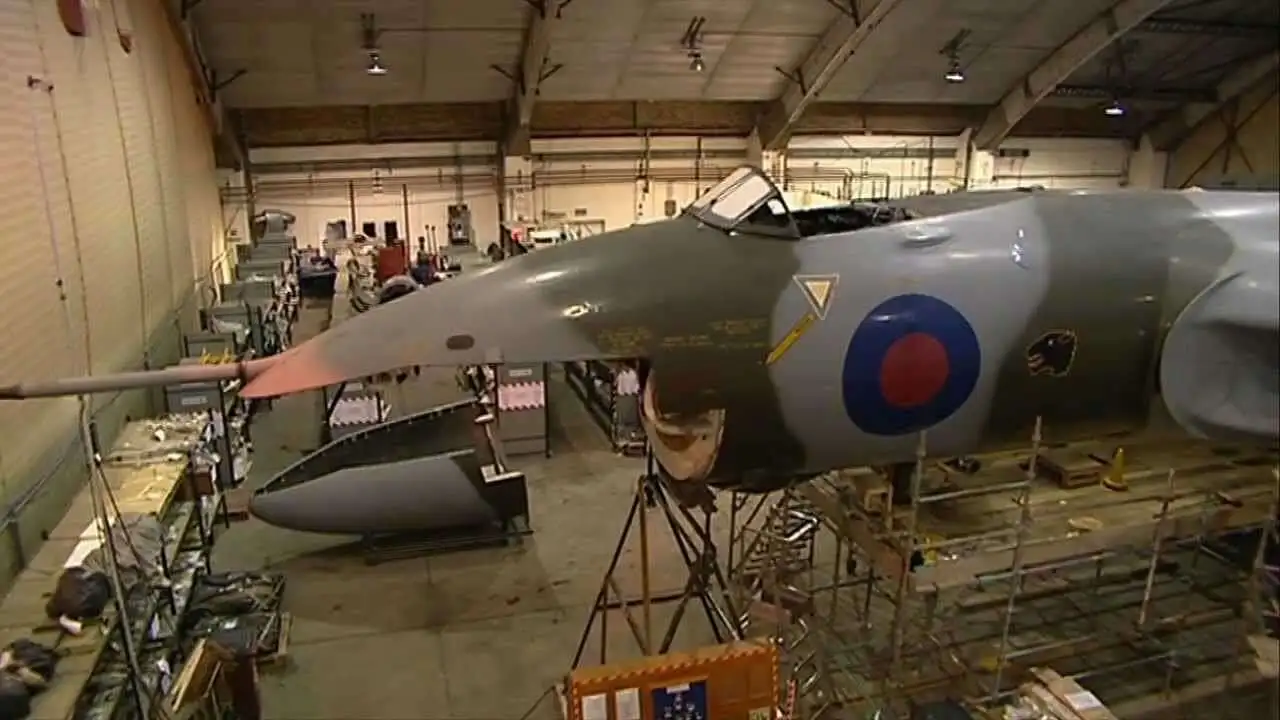
In 1993 XH558 became the last Vulcan to leave RAF service, after a career of 33 years. At around 10am on the 23rd March she took off from RAF Waddington for her final flight with the RAF, and embarked on a tour of old haunts, including St. Athan, BAE Woodford, Coningsby and Scampton. Squadron Leader David Thomas recalled: “ We were stunned by the number of people who turned out to wave goodbye on that last flight. The final flight, lasting 3 hours and 25 minutes took us on a circular tour of England and Wales visiting all the establishments which had been involved in her production and operation. Without exception, every air traffic agency we called on that last sortie requested a fly through to see ‘The Lady’ for the last time. Sadly we were not allowed that luxury, but our route had been publicised to allow enthusiasts to see her.” Finally, in front of a large crowd of enthusiasts and fans, she touched down at her new home, Bruntingthorpe Aerodrome and Proving Ground.
The airfield had been built during WWII for use as a training unit on Wellingtons by Bomber Command, and in 1945 was briefly used for testing Meteors by Frank Whittle’s Power Jets Ltd. It subsequently become a USAF strategic heavy bomber base in 1957, with a new 3,400yd runway built for operating 100th Bomb Wing’s B-47 Stratojets.
Closed in 1962, the site was later bought by the Rootes Group (Peugeot) before finally being purchased by C Walton Ltd. in 1983 and run as a test track and storage facility for the motor industry. Fortunately for XH558, the Waltons also had a keen interest in aviation, and on hearing of her impending sale by the RAF put in a successful bid. They also bought all the available Vulcan spare parts held at the RAF Maintenance Unit at Stafford (amounting to over 600 tons, some 25,000 components) and documentation held by the RAF, with the thought that one day, she might be returned to flight. David Walton, when asked about such plans, commented: “in the short term, the likelihood of the aircraft taking to the skies again is somewhat remote, but who knows what the future may hold.”
The Waltons brought in former Hawker Siddeley employee Terry Smith to oversee XH558’s servicing and tackle the huge spares cache, and enlisted the help of her last RAF Crew Chief, David Thorpe, to help set up maintenance facilities at Bruntingthorpe. Other volunteers (including Andrew Edmondson, later to become Engineering Director on the project) came on board, and thus was born the British Aviation Heritage Museum Volunteer Group. XH558 was maintained as a ‘live’ aircraft by BAH, and for several years performed fast taxi runs along Bruntingthorpe’s two mile runway at the Big Thunder events. Then in February 1996 she was placed on the civilian register as G-VLCN.
Over 1998-2000, the start-up team confirmed the formal support of all the manufacturers needed to help XH558’s restoration, and reached agreement in principle with BAE Systems (who held the Design Authority on the aircraft) and the CAA that XH558 could be restored to airworthy status. A team from Marshall Aerospace arrived at Bruntingthorpe and carried out a major inspection, which showed there were no show-stoppers. The Vulcan Operating Company, a wholly-owned division of C. Walton Ltd was formed to manage the work involved, and ex Vulcan aircrew David Thomas and Barry Masefield continued on the team as advisers (though as Barry later said “little did we realise at the time just how much work was going to be involved over the subsequent 10 years”).
XH558 would require what the RAF classed a ‘Major’ service. This has four phases, the first being ‘Inspection’, where a comprehensive examination of the aircraft is undertaken, including Non- Destructive Testing (NDT). ‘Rectification’ follows, where problems identified in the first phase are resolved by component repair, replacement, or manufacture of new components. The fatigue life extension modification of the rear spar would be included in this phase. Once rectification is largely complete, the third phase, ‘Recovery,’ can start. All components removed for overhaul by Original Equipment Manufacturers (OEMs) are replaced on the aircraft, and radios and other avionics are upgraded to be compatible with modern standards. Finally comes the ‘Testing’ phase, with system-by- system checks on the ground, culminating in the release of the aircraft by the certifying engineers for flight testing.
The real challenge would be money – first estimates were that over £3.5million would be required to pay for the restoration. Dr Pleming came on board full-time in April 2000, leaving his high-profile post with Cisco Systems in order to devote all his energies to the return to flight project. In November 2000, former TVS presenter Felicity Irwin threw herself into the project as fundraising campaign manager. “Emotionally, she’s a once seen, never forgotten experience,” she said. “I was 12 years old when I first saw her. When I heard that she might not fly again I said `this will not happen’.” After exploring various funding options, it was decided to prepare a bid for funding to the Heritage Lottery Fund, although at the time no other candidates aiming to restore aircraft to flight had been successful. A necessary part of the application process was the establishment of the Vulcan To The Sky Trust, as the HLF would only accept bids from registered charities. ‘Vulcan To The Sky’ became the ‘brand’ to describe the project, and in 2002 the former head of 1 Group Strike Command, Air Chief Marshal Sir Michael Knight, agreed to become Chairman.
Engineers moved into the ‘soft start’ phase, stripping down the aircraft to give access deep into the airframe, and by early 2002 all engineering activity on the aircraft had been suspended, awaiting the approvals and funding for the next stage of the Major: the Inspection phase. The aircraft was on jacks, without her engines, wheels, undercarriage units, canopy, radome, avionics systems, fuel tanks and with all of her inspection panels removed. As the Trust’s website put it, “XH558 is in the most deeply- stripped state that she has been in since manufacture: there is no going back – the only way now is forward”. With Marshall Aerospace applying to the CAA for formal approval to proceed, now was the point that the VTST would have to show they could afford their services, but a body blow awaited.

Barry Masefield was the Air Electronics Officer (AEO) for Vulcan XH558 and had flown in this iconic aircraft for over 30 years, also being a key
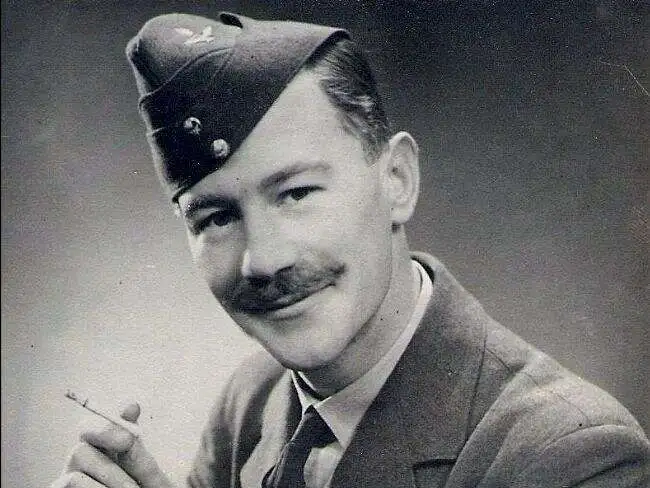
Well-known and highly respected air show commentator Seán Maffett became synonymous with Vulcan displays and indeed was the official commentator for the Vulcan to the
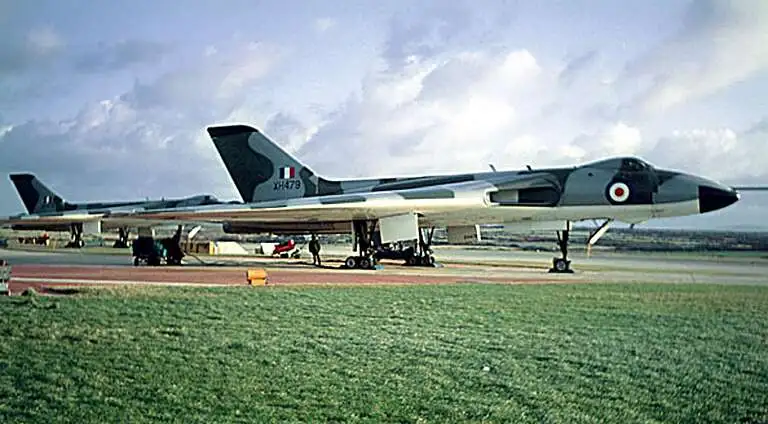
Our thanks to Jeremy Lewarn who recalls his time in the RAF in this detailed article. My memories of the Vulcan start from when I first
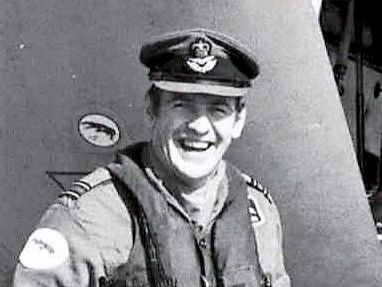
Someone with a true understanding and passion for the Vulcan is retired Wing Commander Adrian Sumner, who has flown around the world in this aircraft.